Most tourists stepping off the plane in Dublin expect to hear Irish people speaking in a thick Celtic brogue, perhaps even chatting in ancient Gaelic. The reality surprises many visitors: walk through any Irish city and you’ll hear conversations flowing in perfect English, punctuated by the occasional “grand” or “brilliant” that gives away the location.
Understanding what language do they speak in Ireland matters more than you might think. It opens doors to appreciating the country’s complex history, helps you connect with locals on a deeper level, and reveals how a nation can honor its heritage while embracing practical communication. For travelers, knowing the linguistic landscape means better conversations, cultural insights, and avoiding awkward assumptions.
While English is the everyday language of the vast majority of people in Ireland, the Irish language (Gaeilge) holds a distinguished position as the national and first official language, deeply woven into the island’s identity, history, and cultural revival efforts, alongside other less widely recognised linguistic influences.
You can also take a look at our other blogs, such as What Language do They Speak in Taiwan, What Language Do They Speak in Bali, What Language do Amish Speak, What Language do the Minions Speak and more.
In this blog by What Do They, you’ll discover what language do they speak, why Irish remains culturally vital, where each language thrives today, and what this unique linguistic blend means for visitors and locals alike. Most importantly, you’ll learn that English is the most widely spoken language, while Irish (Gaeilge) serves as the national and first official language.
The Dominant Tongue: English in Ireland
English arrived in Ireland not through natural migration, but through conquest. The Anglo-Norman invasions of the 12th century brought the first significant English-speaking population to Irish shores. However, these early settlers often adopted local Irish customs and language, creating a mixed linguistic environment.
The real shift happened during centuries of British rule. Government plantations moved English and Scottish settlers into Irish lands, while laws increasingly favored English speakers. The Great Famine of the 1840s devastated Irish-speaking communities disproportionately, as many native speakers either died or emigrated. English became the language of survival, education, and advancement.
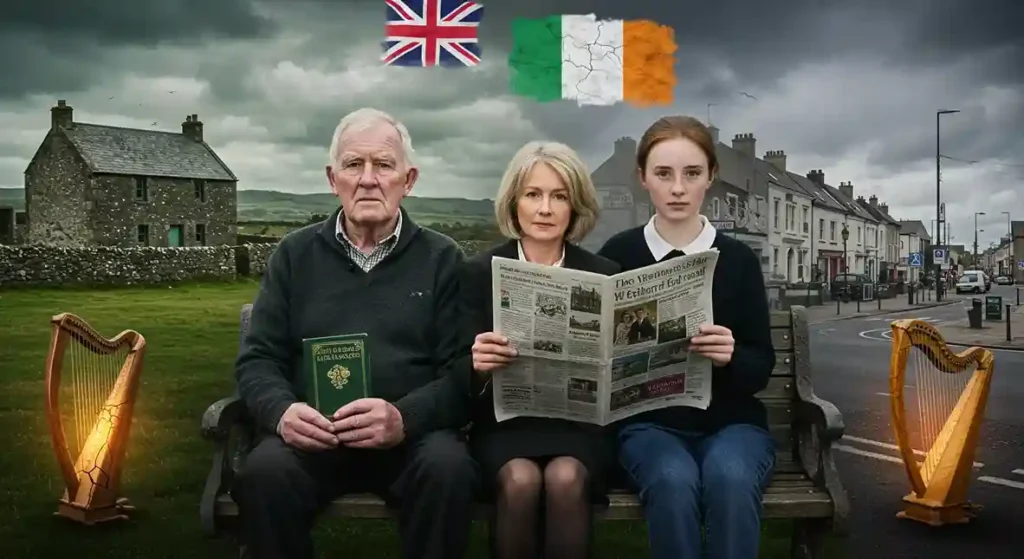
By the 19th century, English dominated administration, commerce, and schools. Parents began teaching their children English instead of Irish, believing it offered better opportunities. This practical decision, repeated across generations, gradually transformed Ireland into an English-speaking nation.
English Today in Ireland
Over 99% of people in the Republic of Ireland speak English as their primary language. It’s the language of business meetings, university lectures, television shows, and casual conversations. Irish newspapers publish in English, government services operate primarily in English, and most schools teach through English.
This isn’t just functional English – it’s native-level fluency passed down through generations. Irish people don’t speak English as a second language; for most, it’s their mother tongue, learned from birth and shaped by centuries of local development.
English in Northern Ireland
Northern Ireland also operates primarily in English, though with its own Ulster English variations. This includes distinct vocabulary, pronunciation patterns, and cultural references that reflect the region’s unique history and connections to Scotland. The linguistic landscape remains predominantly English-speaking, with similar patterns of daily usage as the Republic of Ireland.
Irish English: A Unique Flavor
Irish people don’t speak standard British or American English. Instead, they use Hiberno-English, a distinctive variety shaped by centuries of Irish language influence. This creates unique grammar patterns, vocabulary, and expressions that sound distinctly Irish.
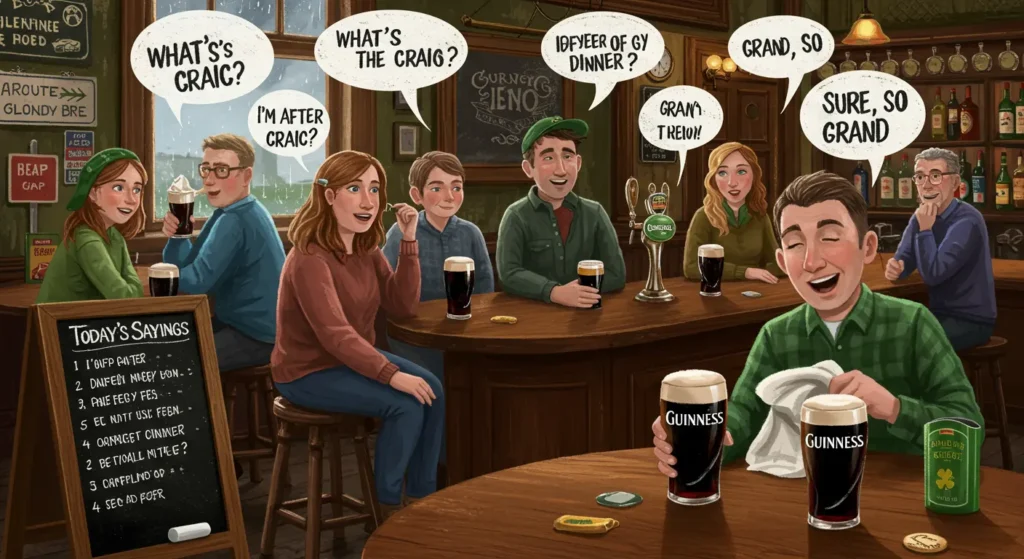
The Irish language left its mark on how Irish people construct sentences. You’ll hear “I’m after doing my homework” instead of “I just finished my homework,” or “She’s gone to Cork” meaning “She went to Cork.” These aren’t mistakes – they’re grammatical patterns borrowed from Irish.
Irish English also includes words straight from Irish: “craic” (fun), “garda” (police officer), and “céad míle fáilte” (hundred thousand welcomes). Regional accents vary dramatically too. Dublin’s rapid, urban accent differs completely from Cork’s musical tones or the slower, more traditional sounds of rural counties.
The National and First Official Language: Irish (Gaeilge)
What is Irish (Gaeilge)?
Irish is the preferred term in Ireland, though you might hear “Irish Gaelic” used internationally to distinguish it from Scottish Gaelic and Manx. These three languages belong to the Goidelic branch of Celtic languages, making them cousins rather than identical twins.
Irish holds an impressive historical record – it’s one of Europe’s oldest written vernacular languages. Ogham inscriptions from the 3rd and 4th centuries AD prove that Irish speakers were carving their language into stone while much of Europe was still using Latin for formal writing. This ancient heritage runs deep in Irish culture and identity.
The Historical Journey of Irish
Irish was once the only language heard across Ireland. Everyone from farmers to kings spoke Irish in their daily lives. This changed dramatically during centuries of English and British rule, when speaking Irish became a mark of poverty and backwardness rather than pride.
The decline accelerated through colonization, penal laws that restricted Irish culture, and the devastating Great Famine. Many Irish speakers died or emigrated, while survivors often chose English for their children’s future success. By the 19th century, Irish seemed destined for extinction.
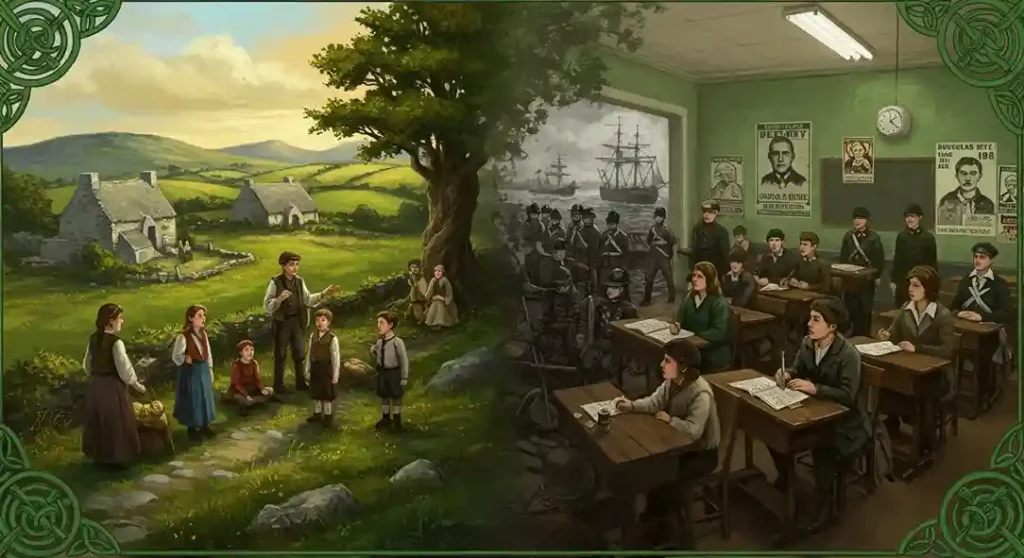
However, the late 1800s brought the Gaelic Revival movement. Cultural leaders like Douglas Hyde and organizations like the Gaelic League fought to preserve Irish as part of Ireland’s push for independence. They argued that political freedom meant nothing without cultural freedom – including the right to speak your ancestral language.
Current Status and Usage
Today, Irish holds constitutional status as the national and first official language of the Republic of Ireland. This means government documents, street signs, and official ceremonies must include Irish alongside English.
The numbers tell a complex story. Census data shows about 40% of people in the Republic of Ireland claim some ability in Irish, but only 70,000-80,000 people speak it daily outside school settings. Most learned Irish in school but rarely use it in adult life.
The real strongholds are the Gaeltacht regions – officially designated Irish-speaking areas mostly along the west coast in counties like Donegal, Galway, Kerry, Cork, and Waterford. Here, Irish remains the community language, spoken in shops, pubs, and homes.
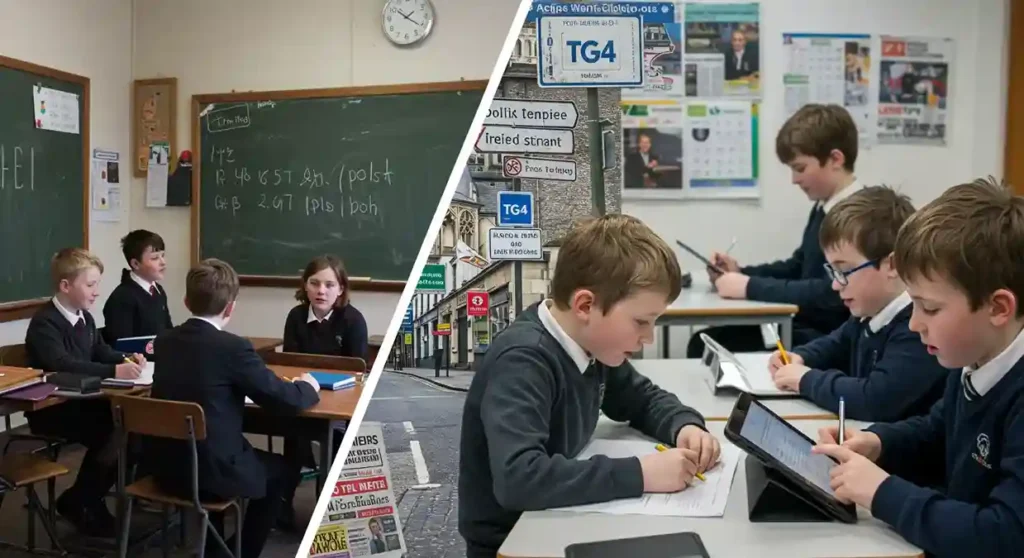
Urban areas are seeing revival too. Gaelscoileanna (Irish-medium schools) are growing rapidly, creating new generations of fluent speakers in cities like Dublin, Cork, and Belfast.
Every student in the Republic of Ireland learns Irish from primary school through secondary school – that’s over a decade of mandatory Irish classes. While this creates basic familiarity, it doesn’t always produce fluent speakers.
Irish-language media keeps the language visible. TG4 television broadcasts Irish programs, several radio stations operate entirely in Irish, and newspapers like Foinse serve Irish-speaking communities. Online content and social media increasingly feature Irish, especially among younger speakers.
Dialects and Cultural Significance
Irish has three main regional dialects – Munster (south), Connacht (west), and Ulster (north). While pronunciation and some vocabulary differ, speakers from different regions can understand each other perfectly well.
Beyond practical use, Irish carries deep cultural significance. It represents Irish identity, connects people to their ancestors, and symbolizes resistance to cultural domination. Many Irish people feel proud of their language even if they can’t speak it fluently.
Other Languages Influences
Ulster-Scots and Minority Languages
Ulster-Scots arrived in Northern Ireland during 17th-century Scottish settlements. This language, officially recognized under the European Charter, maintains cultural significance in parts of Northern Ireland, particularly in rural Protestant communities.
Shelta, also called Gammon or Cant, serves as the language of Irish Traveller communities. This mixed language draws from Irish and English, creating a unique linguistic identity that strengthens cultural bonds within Traveller families.
Irish Sign Language (ISL) operates completely independently from British or American Sign Language. It developed naturally within Ireland’s Deaf community and now receives growing recognition as a distinct language with its own grammar and cultural expressions.
Immigration and Modern Diversity
Modern Ireland hosts speakers of dozens of languages. Polish, Lithuanian, Romanian, French, Spanish, Chinese, Arabic, and Portuguese are heard daily in Dublin, Cork, and other cities. This immigration has created vibrant multilingual communities, especially in urban areas.
Historically, Norse Vikings and Norman French settlers left their mark on Irish vocabulary. Words like “dún” (fort) show Norse influence, while Norman French contributed to both Irish and English vocabulary used in Ireland today.
Language Policy and Challenges
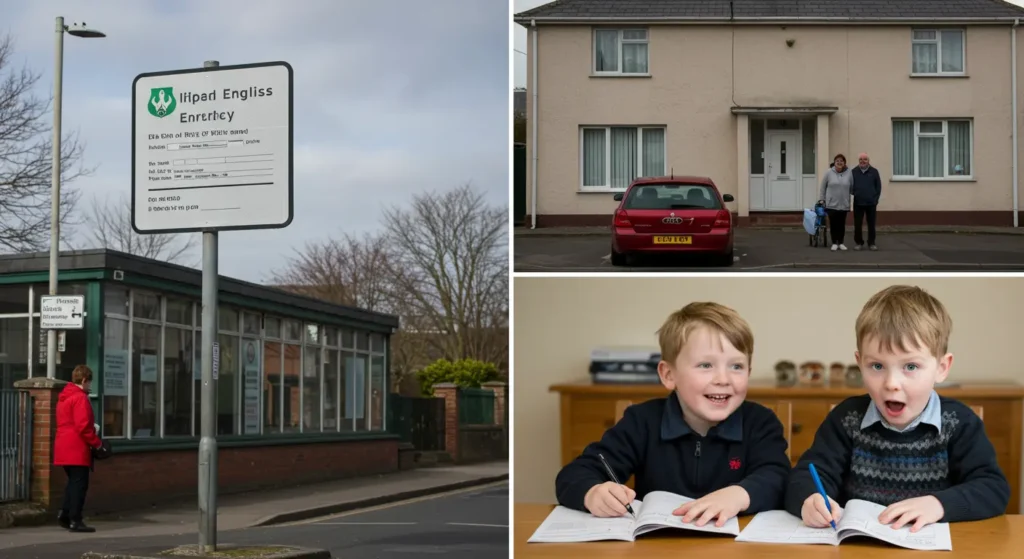
Government Support and Policies
The Republic of Ireland’s Official Languages Act requires government services to be available in both Irish and English. You’ll see this everywhere – bilingual street signs, government websites in both languages, and public servants who can handle queries in Irish.
The government pumps millions into supporting Gaeltacht communities, funds Irish-language schools, and requires certain civil service positions to have Irish language skills. These policies aim to keep Irish alive beyond just school lessons.
Northern Ireland takes a different approach. Under the Good Friday Agreement, both Irish and Ulster-Scots receive recognition, but English dominates daily life. Language issues sometimes become political symbols rather than practical communication tools.
The Reality of Revival
Despite government support, Irish faces real challenges. Most people forget their school Irish quickly without daily practice. Outside Gaeltacht areas, parents rarely pass Irish to their children as a home language.
Many view Irish as difficult or irrelevant to modern life, while others see it as essential to Irish identity. This creates ongoing debates about mandatory school Irish and whether revival efforts actually work.
However, signs of hope emerge. Urban Irish schools are growing, apps like Duolingo make learning accessible, and young people increasingly use Irish on social media. Technology and cultural pride might succeed where traditional methods struggled.
Increasing Your Linguistic Knowledge
So what language do they speak in Ireland? The answer reveals a fascinating story of survival and cultural resilience. While English dominates everyday conversation, Irish holds constitutional significance and deep cultural meaning that extends far beyond mere communication.
Ireland’s linguistic landscape reflects its complex history – from ancient Celtic roots through colonial disruption to modern revival efforts. This creates a truly bilingual nation where most people speak English fluently while maintaining emotional connections to their ancestral Irish language.
For visitors wanting to understand Ireland deeply, learning even basic Irish phrases like “sláinte” (cheers) or “go raibh maith agat” (thank you) opens doors to cultural appreciation that goes beyond surface-level tourism.
The question “What language do they speak in Ireland?” doesn’t have a simple answer, and that’s precisely what makes Ireland linguistically fascinating. In Ireland, the vast majority speak English as their everyday language. However, Irish (Gaeilge) is the national and first official language, taught in schools and spoken in designated Gaeltacht regions, representing a vital part of Irish culture and identity.
FAQs For Language Spoken in Ireland
Q1: What are the two official languages of the Republic of Ireland?
A: The two official languages of the Republic of Ireland are Irish (Gaeilge) and English. Irish is recognized as the national and first official language, while English is the second official language and is spoken by almost everyone.
Q2: Do most people in Ireland speak Irish (Gaeilge) fluently?
A: While a significant portion of the population has some knowledge of Irish due to it being a compulsory school subject, only a smaller minority (tens of thousands) speak it fluently and use it daily, primarily in the designated Gaeltacht regions and increasingly in urban Irish-speaking communities.
Q3: What is the “Gaeltacht”?
A: The Gaeltacht refers to the areas in Ireland where Irish (Gaeilge) is still spoken as the primary community language. These regions are mainly located along the west coast in counties like Donegal, Galway, Kerry, and Cork.
Q4: Is “Gaelic” the same as “Irish”?
A: “Gaelic” is a broader term referring to a family of Celtic languages that includes Irish, Scottish Gaelic, and Manx. In Ireland, the language is generally referred to simply as “Irish” or “Gaeilge.”
Q5: Is English in Ireland different from other English dialects?
A: Yes, the English spoken in Ireland, often called “Hiberno-English” or “Irish English,” has its own distinct accents, pronunciations, vocabulary, and some grammatical structures influenced by the Irish language.
Q6: What about languages spoken in Northern Ireland?
A: In Northern Ireland, English is the dominant language. However, Irish (Gaeilge) and Ulster-Scots are also recognized as culturally significant languages.

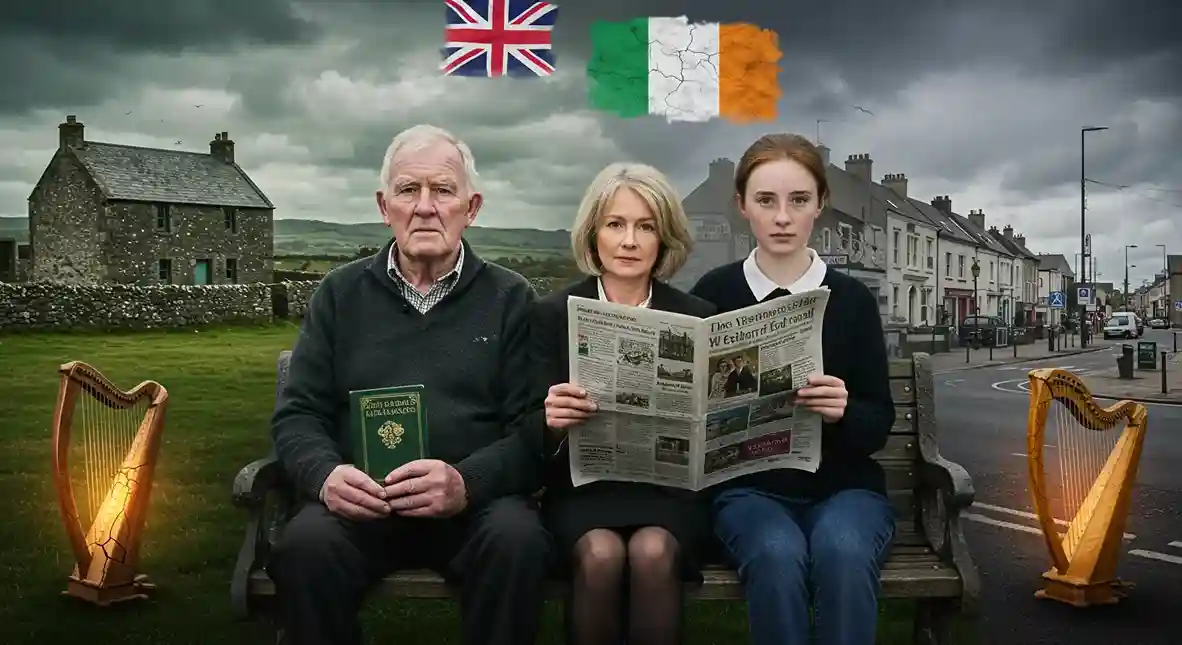
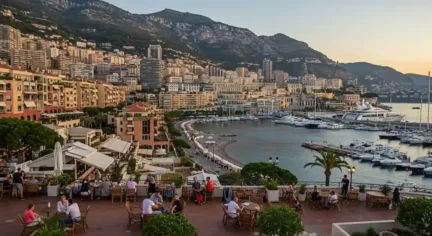
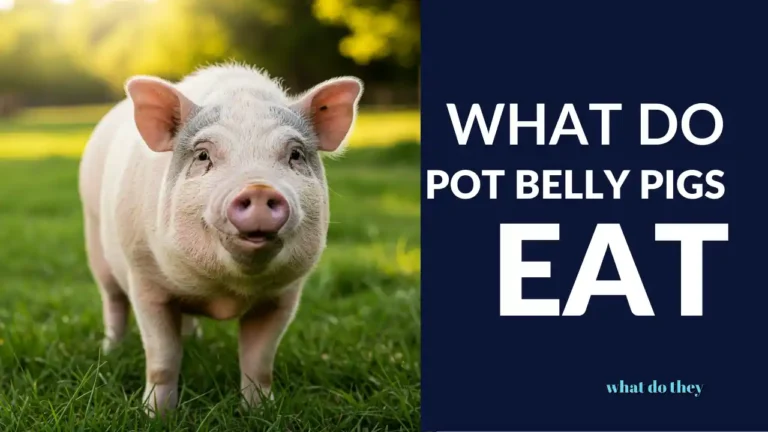



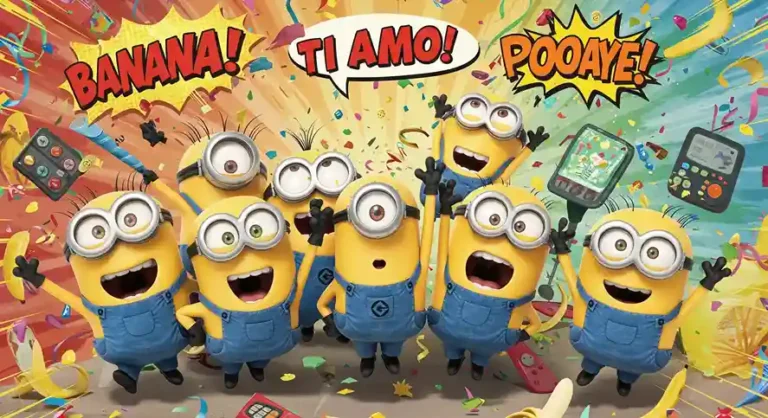
Leave a Comment